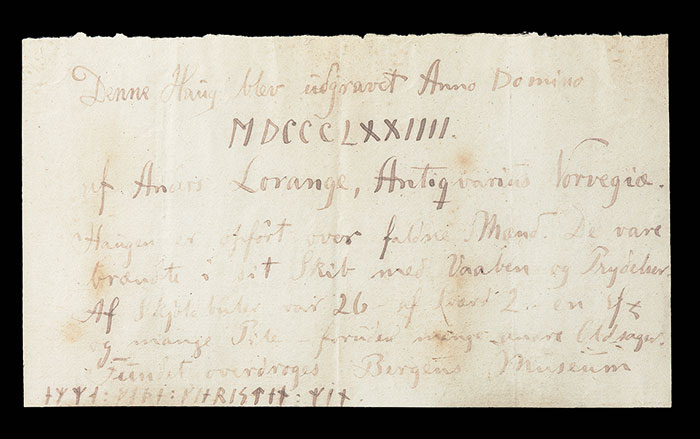
BURGOS, SPAIN—A study employing new dating methods and techniques by researchers from the Spanish National Research Centre for Human Evolution shows that the sediments at the Gran Dolina site, where the first remains of Homo antecessor were found, are 900,000 years old, or 120,000 years older than previously thought. “The change might sound very small or very large, but the TD6 stratum is known precisely as having been the place of discovery of the Homo antecessor and this further defines its age,” Josep M. Pares, leader of the study, told Science Daily. The team will attempt to date individual fossils, especially teeth, in the next phase of refining the chronology.









